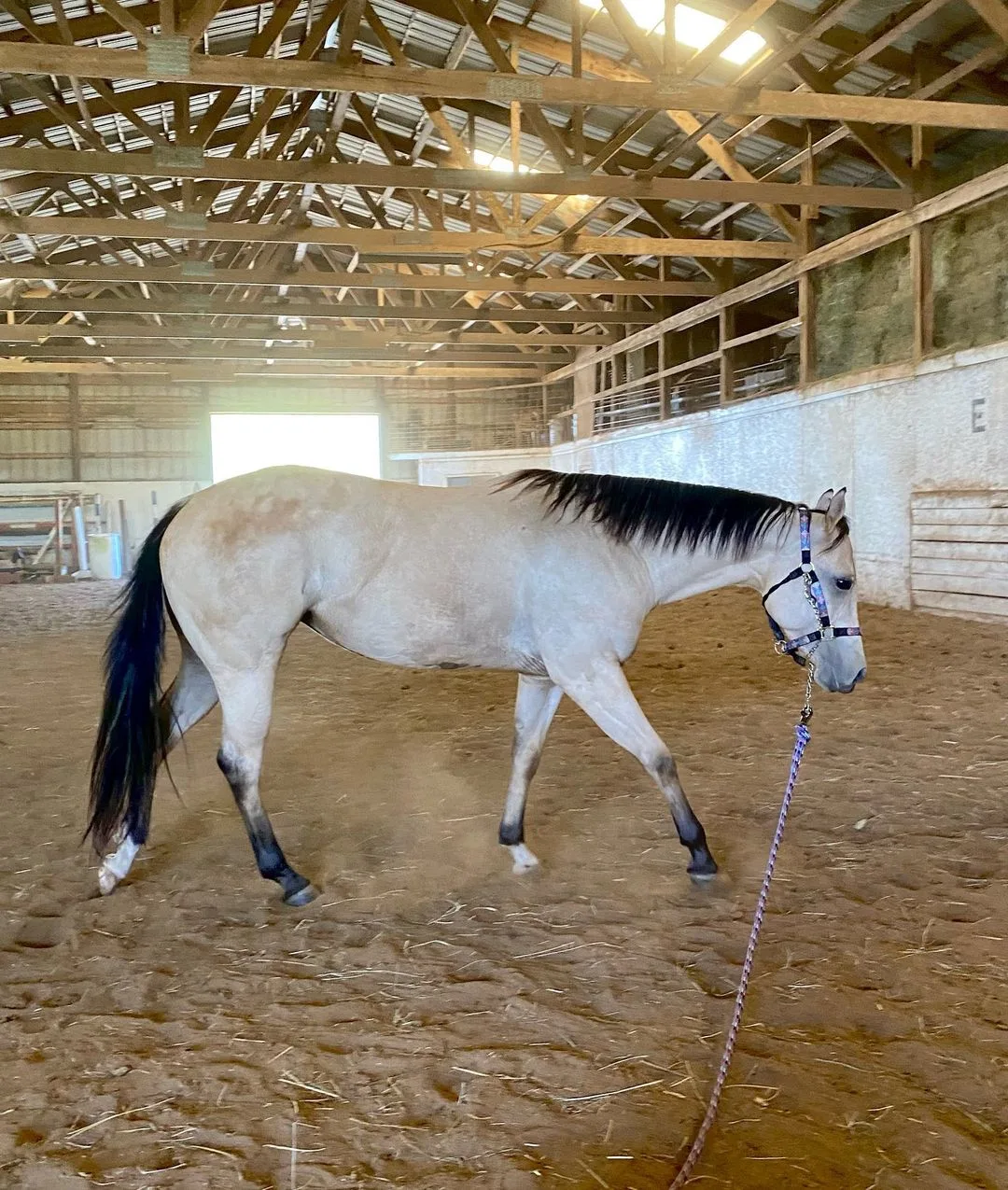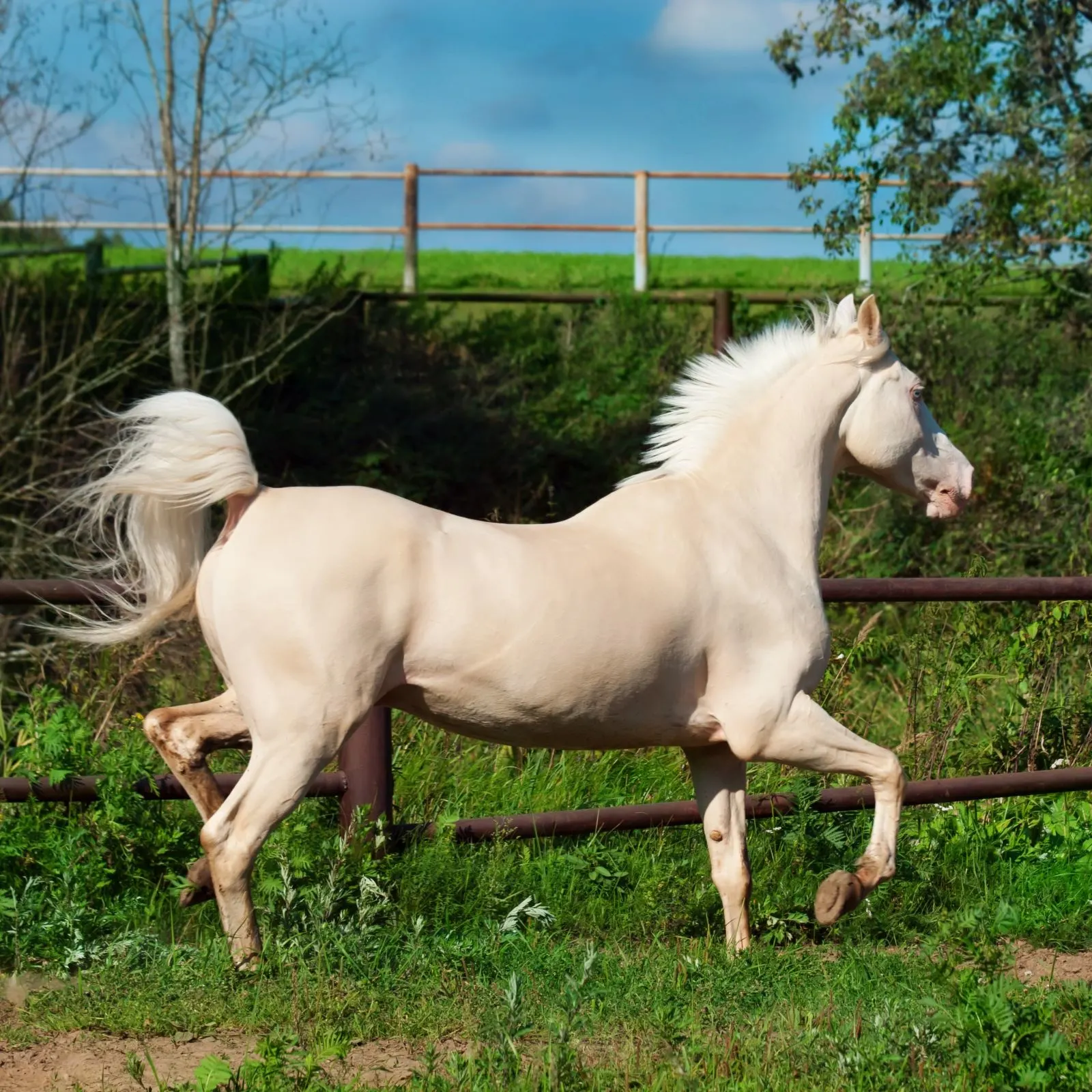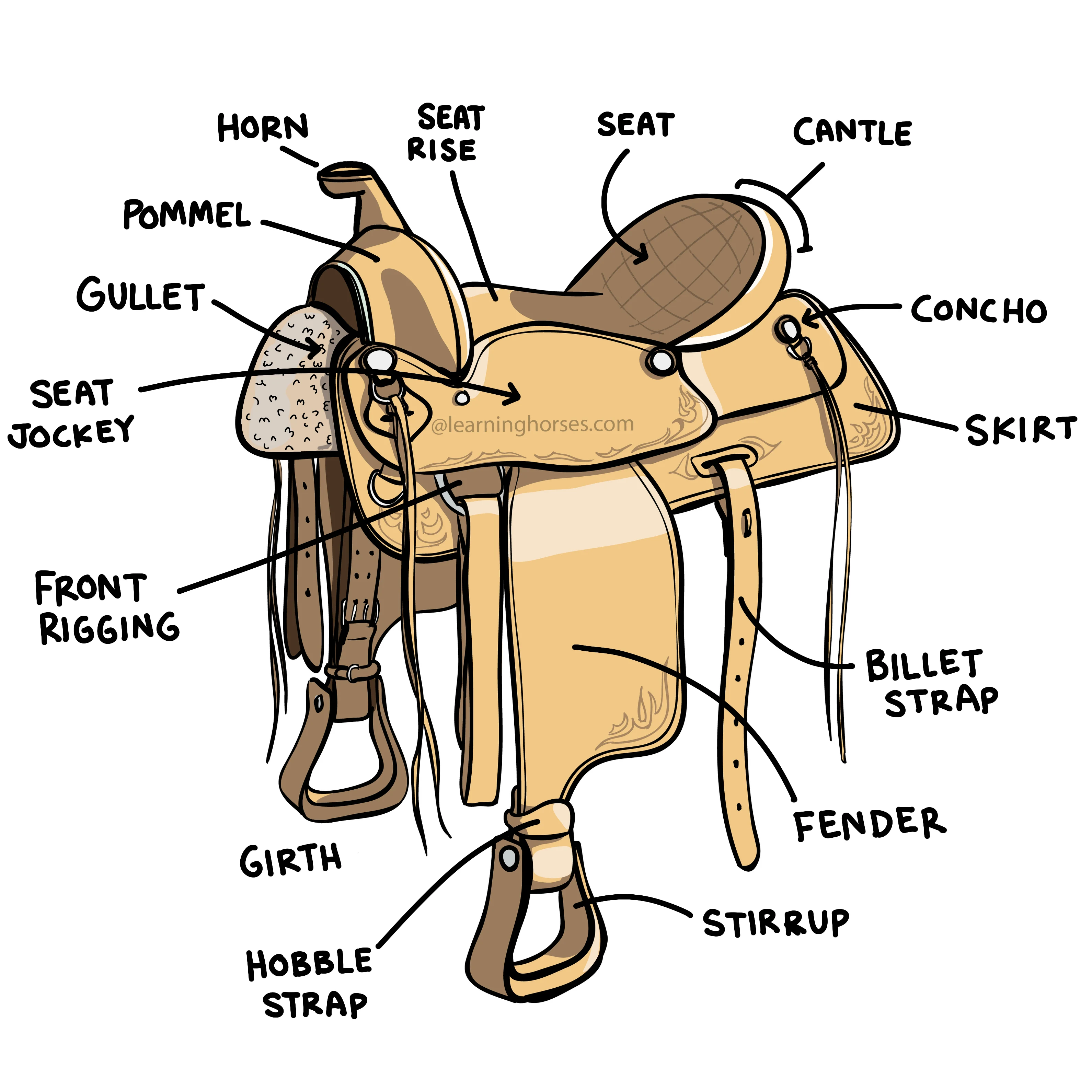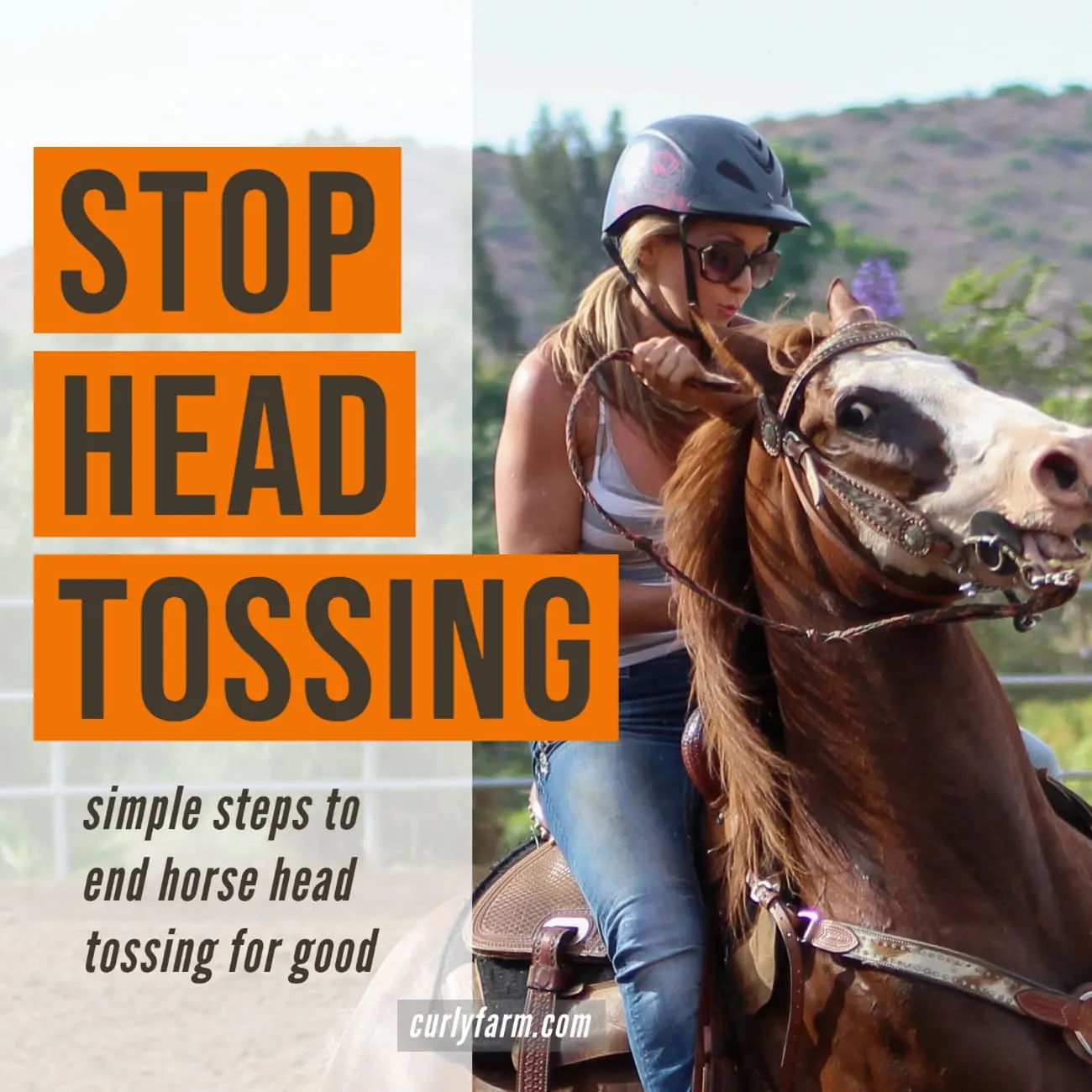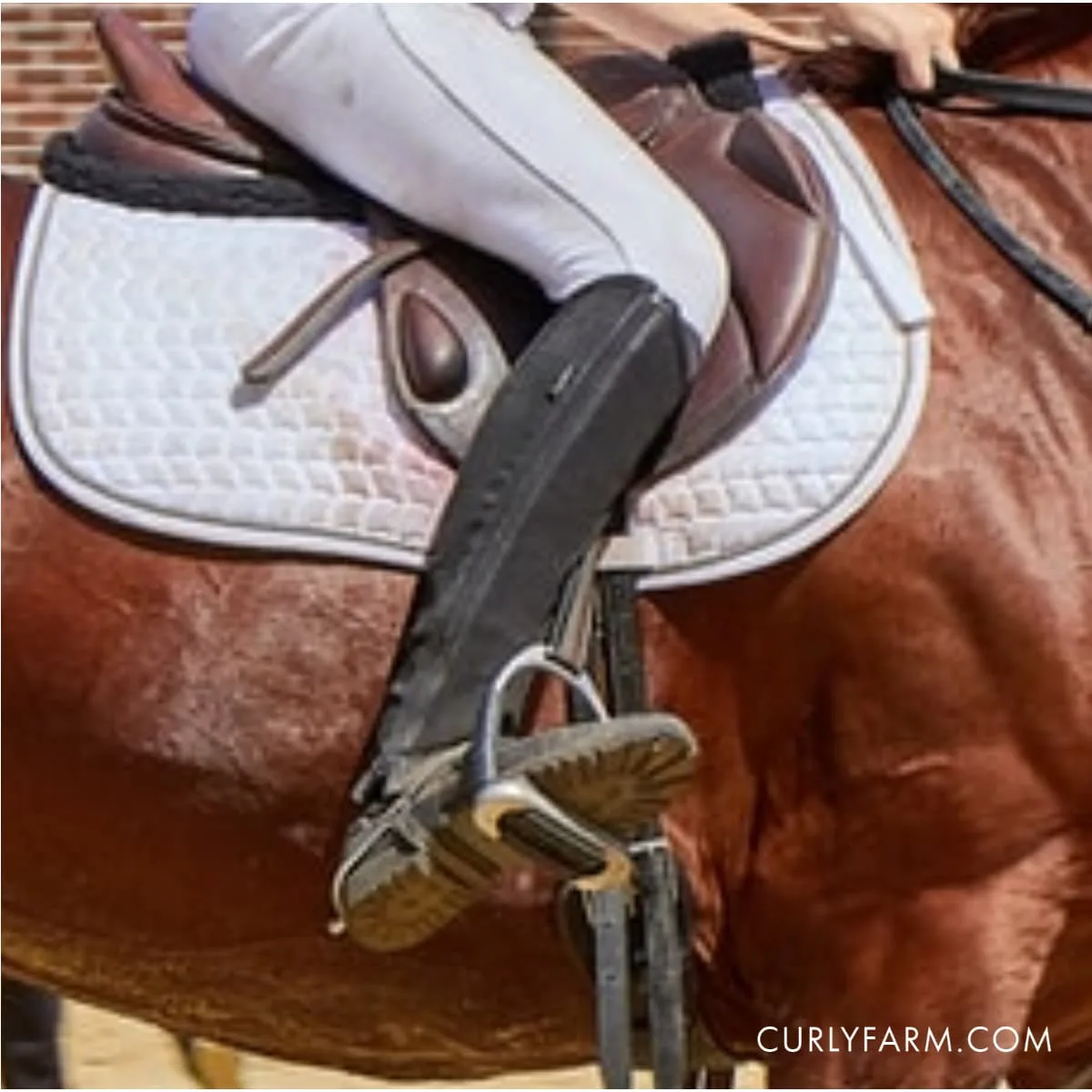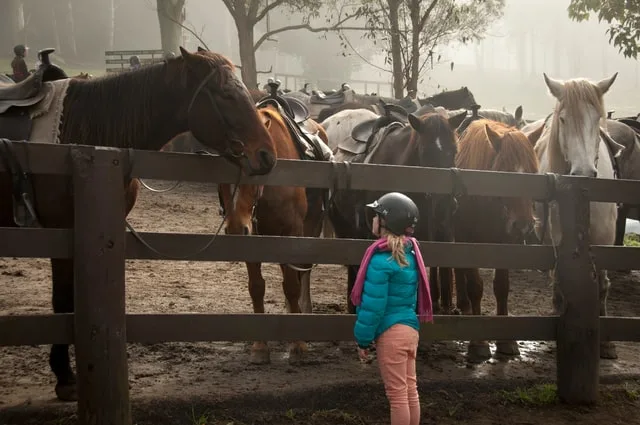
Let’s Ride.
Horses change us. Let me show you how growing your confidence and know-how to better manage your horse, stable management, and riding can open new possibilities in the show ring, trail, and at home with your horse.
Latest Articles
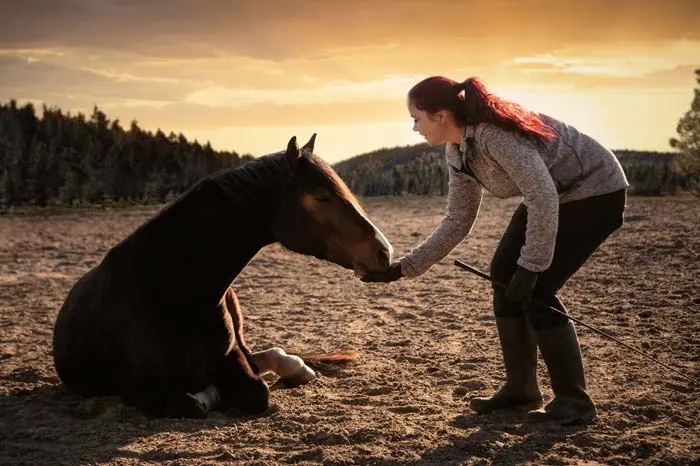
The Confidence to Thrive
Whether it’s your first time riding a horse, you’re starting horseback riding again as an adult, or you’re an experienced rider ready to take on a new adventure like raising a young horse, learninghorses.com has something for you. Learn more about:
Most Popular Posts:
Roached Manes: How & When to Roach a Horse’s Mane
Roached manes for horses (called “hogged manes” in some parts of the world) are cyclically popular. They fall out of fashion for a few years and then eventually return…
6 Fun Riding Lesson Ideas to Keep Riders Engaged
Sometimes it can feel like every lesson is the same as the last, or maybe it feels like your students aren’t as engaged as they should be. Adding some fun…
Simple Tips to End Horse Head Tossing and Throwing
Has your horse or pony recently started tossing their head up in the air when you are riding? When horses start head tossing behavior, it can be a sign of…
Bomb Proof Horses: Basic Introduction
If you want to bombproof your horse, you’ll need many training sessions, lots of wet saddle blankets, and a little bit of luck. It’s a process that requires time, effort,…
How to Braid Four Strand Braids
A four-strand braid is easy to learn! If you can braid with three strands of hair- you can braid with four- I promise! This easy 4 strand braiding method works…
Slow Down a Fast Horse Gait: Speed Control the Walk, Trot, & Canter
Most horses have four main gaits: the walk, the trot, the canter (called a lope in Western riding), and the gallop. Within these gaits, horses have a huge variance- horses…

